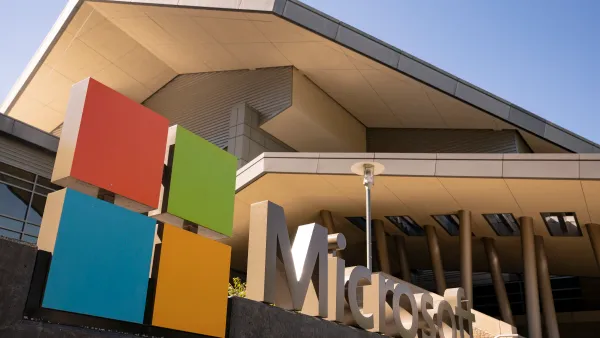Dive Brief:
- Companies could trim their 2021 and 2022 tax bills if they can fine tune their expense reporting systems to take advantage of a temporary increase to 100% from 50% in the business expense deduction for food and drinks at restaurants, according to Kevin M. Jacobs, a managing director and national tax office practice leader with Alvarez & Marsal Taxand.
-
Guidance on the two-year deduction hike that expires at the end of this year from the IRS left many unanswered questions but did help clarify that meals eligible for the full deduction must be from restaurants that primarily prepare food for “immediate consumption” regardless of whether it's consumed on-premises, but not grocery stores or other establishments like convenience stores that mainly sell pre-packaged food, according to Kathleen King, also a managing director with Alvarez & Marsal Taxand.
- Many companies are just now weighing the cost of capturing the data they need to realize the tax savings because “when this came to pass, many people were not worried about business meals; people were worried about how to stay afloat and the supply chain, and in that regard there are companies that aren’t aware of this benefit,” Jacobs said.
Dive Insight:
The prospect of shaving down corporate tax bills by tapping the temporary 100% business-meals expense tax deduction is a bright spot for CFOs bracing for rising dining costs as employees return to conferences and in-person meetings.
“I would anticipate an exponential increase this year of people having in-person business meals, so compared to 2021, you’re going to see a greater amount of expenses that would qualify and you’re in essence doubling the amount of the deduction,” Jacobs said in an interview. The short-term COVID-19 inspired deduction hike was included in the Consolidated Appropriations Act of 2021, and was aimed at helping the restaurant industry regain its footing in the wake of pandemic shutdowns, he said.
But to benefit from it, companies must determine whether the meal was bought from an eligible restaurant under the IRS guidance, which can be difficult to do under typical expense reporting practices, King said. For example, a soda bought in a mall food court would be eligible but a soda bought at a pharmacy would not. In addition, under the strict reading of the guidance, take-out meals from sit-down restaurants would qualify but it’s unclear if meals acquired from a delivery service would, King said.
Companies would need to have separate line items in expense reports that would separate meals that come from restaurants from those that come from ineligible establishments, she said. Alternatively, large corporations could also estimate the percentage of meal expenses that are eligible based on a statistical sample of previous expenses, she said.
Because of the relatively murky IRS guidance and the temporary nature of the deduction, King said, many companies might not have adjusted their expense reporting practices to get the full benefit. But they should consider it, King said. “People still have time to figure it out,” she said, adding that it could also have implications beyond the cash tax savings. It could potentially enable a company to show a more favorable tax rate.
The temporary deduction hike comes as tax relief on business meals and business entertainment expenses have been whittled away over the years, going back to the Tax Reform Act of 1986, King said. More recently, the Tax Cuts and Jobs Act of 2017 sharply limited business entertainment expense deductions except for certain social carve-outs such as a company holiday party, she said.
Separately, companies could find their borrowing costs going up because of a 2017 tax change taking effect this year that limits their net business interest expense deduction.












